Importance of Lathe Machines for Metal Shaping Industries
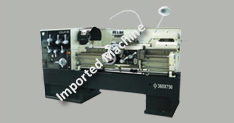 The lathe is one of the most essential machine tools. This multi-purpose equipment is commonly used for executing a wide range of functions that includes shaping many solid substances such as wood, metal, etc. It is an important workshop tool which is extensively utilized in several industrial segments and especially in the metal shaping industries.
The lathe is one of the most essential machine tools. This multi-purpose equipment is commonly used for executing a wide range of functions that includes shaping many solid substances such as wood, metal, etc. It is an important workshop tool which is extensively utilized in several industrial segments and especially in the metal shaping industries.
A small or large piece of metal can be shaped for producing the required kind of object. There are different ways and numerous processes to shape metals. Moreover, metal shaping is one of the methods that are used to manufacture a variety of products. Today, various kinds of metal shaping tools are available in the market. They enable us to create a vast array of metal products. These versatile tools assist to deform, turn, bend, twist, pound, roll and hammer the metal sheets into metal objects.
Lathe Machines
Lathes consist of components such as a headstock, tailstock, and a tool rest, that is mounted on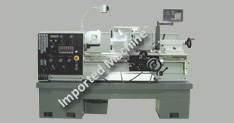 the bed. The raw work piece is placed in between the headstock and the tailstock. The raw metal is then turned, and a shaping tool is pushed against that metal work piece, in order to develop simple as well as complex shapes by just controlling the shaping tool.
the bed. The raw work piece is placed in between the headstock and the tailstock. The raw metal is then turned, and a shaping tool is pushed against that metal work piece, in order to develop simple as well as complex shapes by just controlling the shaping tool.
Modern lathes have a tool rest which is robust, and provide the facility to accurately control the shaping tool. Nowadays a diverse range of lathe machines are utilized to create many types of finished metal items. They are built to quickly and constantly produce durable, exact and symmetrically shaped metal objects. The lathe machine rotates the raw metal piece and reshapes it through various processes that include cutting, knurling, sanding, drilling, etc.
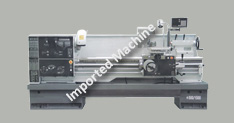 In fact lathes are considered as powerful metal shaping machine tools. They can transform the unfinished metal sheet into a variety of finished metal products, precise machine components, automotive spares and body parts, and much more. Lathe machines include metal cutting tools that cut the metal sheets into required sizes and engrave desired designs in order to create customized shapes, by shaving off the unwanted metal from the surface.
In fact lathes are considered as powerful metal shaping machine tools. They can transform the unfinished metal sheet into a variety of finished metal products, precise machine components, automotive spares and body parts, and much more. Lathe machines include metal cutting tools that cut the metal sheets into required sizes and engrave desired designs in order to create customized shapes, by shaving off the unwanted metal from the surface.
A machine operator loads the metal stock on the lathe at both ends, and the lathe now turns the material sideways. It thereby spins the metal object to shave away the exterior portion of the stock. The machinist then presses a sharp cutting tool against the material, and the lathe ultimately shapes the metal precisely and evenly.
The lathe is an efficient tool for crafting metal objects. This machine is engineered to handle the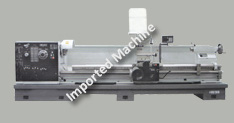 toughest shaping jobs in various industries and workshops. It is simple to operate and easy to control. They help to cast a wide range of shapes from raw metal sheets. The latest lathe machines incorporate the most advanced technology and have better features that ensure swift, clean and precise shaping tasks. They are easy to install, energy saving and built to last longer. Hence lathes are important machines as they fulfill the diverse needs of metal shaping industry.
toughest shaping jobs in various industries and workshops. It is simple to operate and easy to control. They help to cast a wide range of shapes from raw metal sheets. The latest lathe machines incorporate the most advanced technology and have better features that ensure swift, clean and precise shaping tasks. They are easy to install, energy saving and built to last longer. Hence lathes are important machines as they fulfill the diverse needs of metal shaping industry.
Turning, Drilling and Milling Processes
Machining is another process of making the same object. In this process, additional material is removed to get the desired shape, instead of adding material. In machining, many different operations occur in a sequence to get the required output. We will give an overview of the three most common processes – Turning, Milling and Drilling.
The object you require will determine which type of tools will be needed to complete the job. Generally, there are two types of cutting tools – single point and multi-point tools. Single-point tools are mostly used for the processes like turning, planing and boring. And, multi-points tools are milling and drilling.
Turning Process
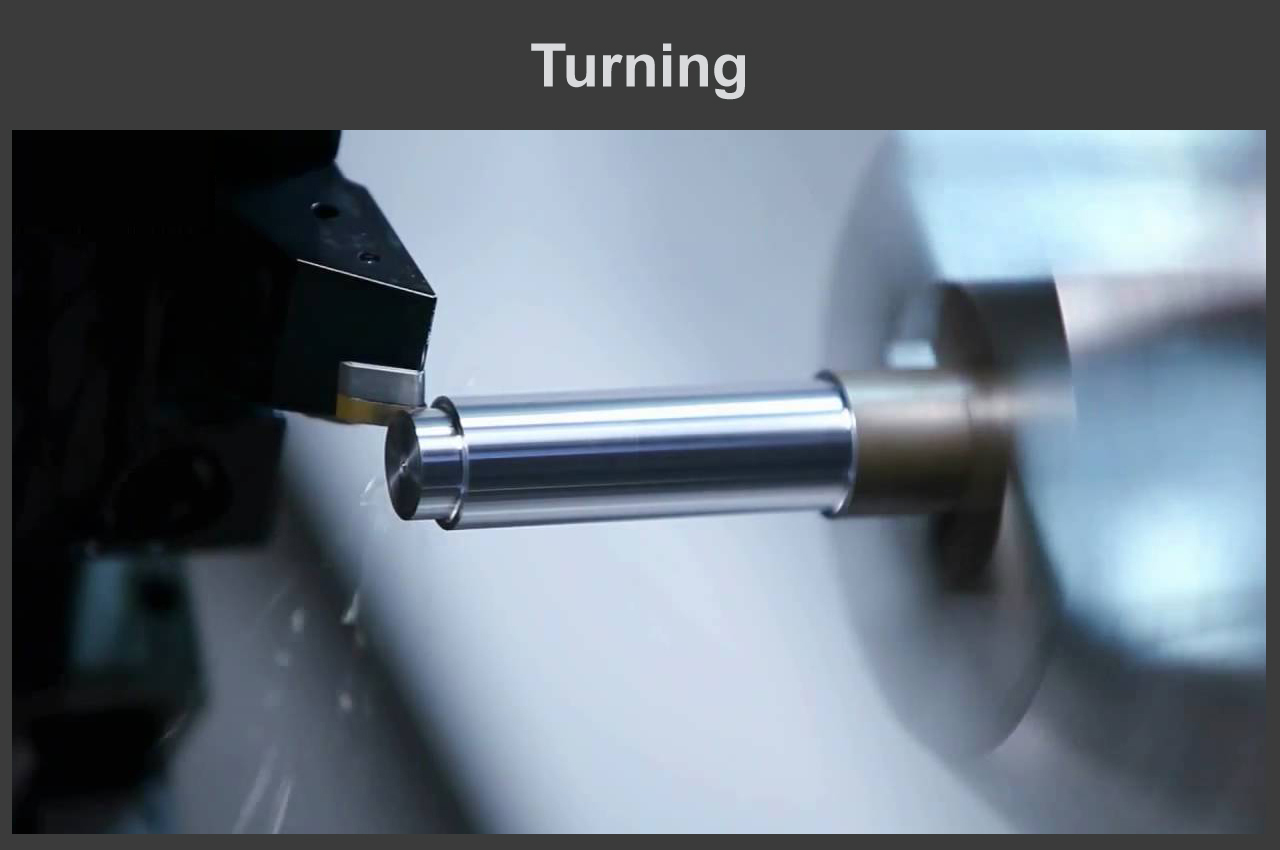
In the turning process while the cutting tool moves in linear motion resulting in a cylindrical shape. CNC turning lathe is a preferred choice for all types of turning operations. In general, turning can be done either automatically or manually. The biggest drawback of the manual turning process is that it constantly requires supervision.
On the other hand, automatic turning doesn’t require any supervision. With high tech CNC, all speeds, movements and tooling changes are programmed in the computer. After that, the set instructions are sent to the lathe for implementation.
Drilling Process

Drilling process is used to create a hole in the object. Mostly, a CNC drilling machine is used for drilling, however, this operation can also be performed with the help of Milling Machine. While drilling the object, the bits of waste metal are produced which are mostly known as chips. Due to the unique design of the drill, chips fall away from the object and it remains free from waste material.
Keeping the drill bit perpendicular to the object reduces drifting. Moreover, a central drill process is added before drilling to get the highest level of precision. Some other ways to prevent drifting are forging a mark, spot drilling, center punching and spot facing.
Milling Process
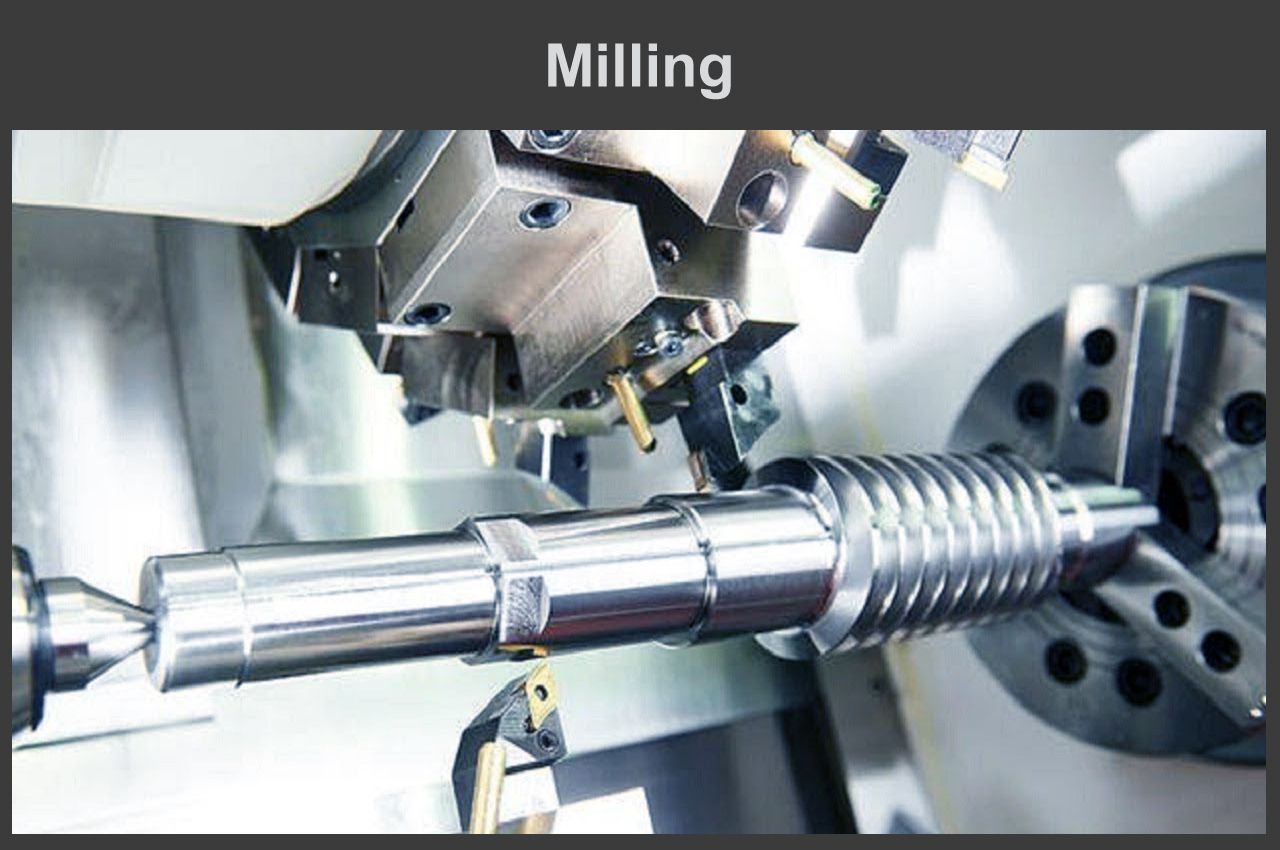
In the milling process, the multi-point rotary Cutter removes material from the object. Face milling and peripheral milling are the two main types of milling process. In face milling, the flat surface is cut into the object. Here, the feed can be either vertical or horizontal. On the other hand, peripheral milling cuts threads, slots and gear teeth.
The object can be fed into the cutting tool in any of the two ways. In conventional milling, the object is fed against the cutter rotation, which is recommended process for manual milling machine. While in climb milling, the object is fed in the same direction as the cutter rotation, which is a preferred method for CNC milling. Milling is most suitable as a secondary process to an already worked object. It is helpful in defining the features like slots, holes and pockets.
Innovations in Machining
Many different processes are involved in manufacturing a precise, smooth and functional object. It demands high attention to detail and experience. Turning, drilling and milling processes have been there for many years and they are some of the most common machining processes. The evolution of CNC has improved the machining exceptionally. CNC helps in achieving large production requirements consistently and efficiently.
- How Lathe Machine Manufacturers are Powering the Nation’s Engineering Growth in Canada?
- How Chamfer Machines Are Streamlining Metalwork in the UK’s Manufacturing Sector?
- How Feed Rate Adjustments Improve Surface Finish in Vertical CNC Milling Machines?
- How Radial Drilling Machines Achieve Low Vibration and Distortion Resistance?
- From Design to Execution: How CNC Press Brakes Ensure Seamless Workflow
- How to Optimize Sheet Metal Operations Using a Hydraulic Press Brake?


